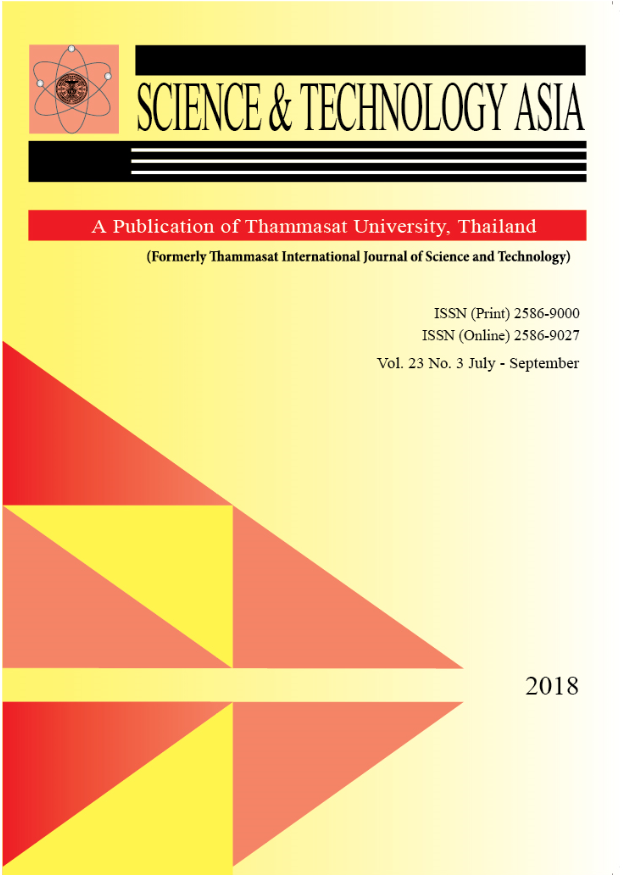Prevalence of and Risk Factors Associated with Parasitic, Bacterial and Viral Infections among Children with Gastrointestinal Illness in Bamrasnaradura Infectious Diseases Institute
Main Article Content
Abstract
Children living in developing countries are particularly susceptible to infectious gastrointestinal illnesses because of poor standards of hygiene and sanitation. Infectious gastrointestinal illnesses in Thailand remain the major health problems in children. This study aimed to determine the prevalence of intestinal infections and risk factors among the children with gastrointestinal illnesses at Bamrasnaradura Infectious Diseases Institute during June 2016 to September 2016. Stool samples were collected from eighty two children and examined for parasitic, bacterial, and viral infections. Demographic data and risk factors were collected using standardized questionnaire. Descriptive statistics were used to analyze the prevalence and demographic data. Risk factors were analyzed using binary logistic regression. The prevalence of parasitic infections was 26.8% (22/82) whereas the prevalences of bacterial infections and viral infections were 14.5% (10/69) and 9.8% (6/61), respectively. The most intestinal parasitic, bacterial and viral infections were Blastocystis sp. (15.9%), Salmonella spp. (8.7%) and Rotavirus (9.8%), respectively. Binary logistic regression showed a significant association of intestinal infections in children who lived with many young children in the same house (odds ratio: 2.6, 95% CI: 1.0–6.9, p=0.045). These findings indicate that living conditions and personal hygiene of children should be improved in order to prevent these infectious gastrointestinal illnesses.


